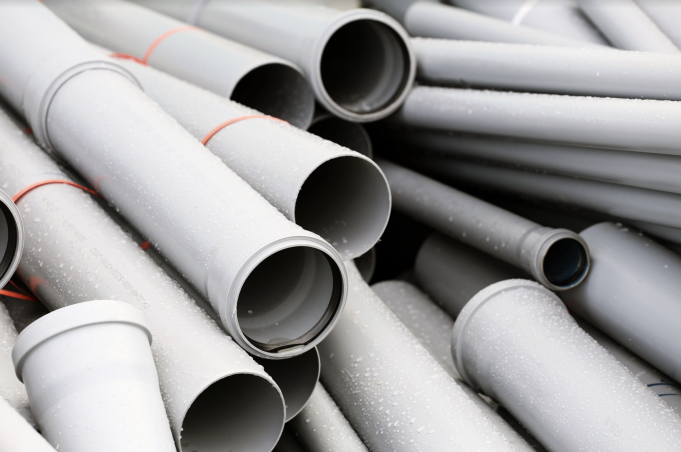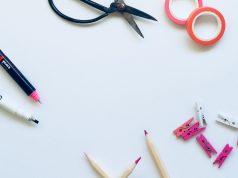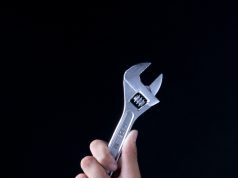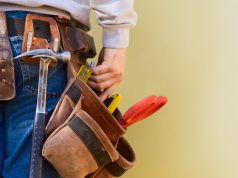Home maintenance sounds easy to do, like vacuuming here and there, dealing with squeaky windows, getting rid of carpet stains, and other household chores. But there’s more to it than regular housework. Home maintenance includes complex jobs that require handyman skills too. However, other tasks will require expert understanding and procedures, like plumbing.
It may come as no surprise that leaks are common issues that any homeowner can experience. However, the source of the leak can be challenging to spot and deal with. It can come from condensation, roof damage, or worse, damaged pipes.
Damaged and leak pipes are a nightmare. Depending on the extent, you can either fix it yourself or hire a team of plumbers to get the job done. Worst case scenario is you’ll have to tear down walls, dig your yard, or replace pipes from underground.
Replacing pipes can last several days, and it’s a hassle. But thanks to new technology and innovation that made pipelining possible, you won’t have to replace lines of pipes just to deal with cracks.
What Is Pipe Lining
Pipelining is a method of fixing damaged pipes without having to replace them. And if you’re worried about it being a temporary fix, you’re mistaken. It can last for 35-50 years; some can even last for 75 years! So no, it’s not the same as wrapping it with duct tape and calling it a day.
The process uses epoxy and curing it through various ways such as UV light, steam, and hot water. Hot water is the original technique used for curing epoxy resin, so getting a mobile hot water curing system is fundamental for any plumbing and pipe repair business. The whole process might be confusing to most people, but it’s quite simple. You can read about the whole process below:
- Video Inspection
Before anything else, inspection is needed to find out the location and extent of the damage. To do this, the pipes are drained, and a small camera is inserted into the lines to check on the interior. This step is necessary because they’ll need to find out if pipelining can fix the issue.
Even though pipelining is a good solution, extremely deteriorated pipes might not be able to handle the process and will need immediate replacement. However, most cracks, corrosion, and leaks can be repaired through pipelining.
- Cleaning The Pipes
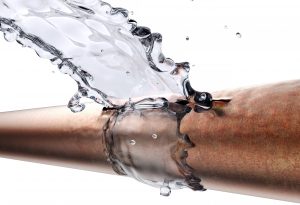
Once plumbing professionals determine that pipelining would be a good solution, the next step they’re going to do is to clean out your pipes. There are different methods used for this, such as sandblasting or using mechanical cutters. Either way, the pipe has to be cleaned and dried to make sure any debris won’t get in the way of the lining process.
- Setting Up The Liner
Prepping the pipe liner is next. The most important part of this step is to measure the pipe that needs lining. Then the pipe liner and calibration tube are cut, but they’ll have to add and mark a few inches to be able to cuff it later on.
After that, the pipe liner is inserted and pulled through the calibration tube. This is either done manually or with a vacuum. Then, they pour the epoxy solution into the liner inside the calibration tube. After this, they feed it through a roller assembly to ensure that the liner is completely saturated with resin.
- Inversion Tank
After the liner is saturated, it’s rolled into an inversion tank. An inversion tank is a tool that can blow the pipe lining into the pipes. Once it is rolled inside the tank, the other side of the pipe liner is fed through the inversion head. It is then cuffed securely over the opening of the inversion head. After that, the head is affixed and locked unto the tank.
- Compressed Air Pushes The Liner
Here’s the fun part, compressed air pushes the liner through the inversion head and then through the pipes’ entirety. Because the liner was cuffed over the inversion head, the pipe liner will be outside, and the calibration tube should be inside.
- Curing The Liner
The liner that was saturated with epoxy is then cured. Depending on the plumbing company you hire, curing processes can vary from steam, hot water, and UV lights. Once the liner is cured, the calibration tube can be removed.
Conclusion
There are different causes of leaks and pipe damage, and they could range from minor to major. Thankfully, pipelining is now available as an efficient and easier way to deal with damaged pipes. It’s called trenchless pipelining because there’s no need to dig a massive hole in your yard just to see and repair the busted pipe. The process is a new and innovative way that still surprises many homeowners when they hear about it.

